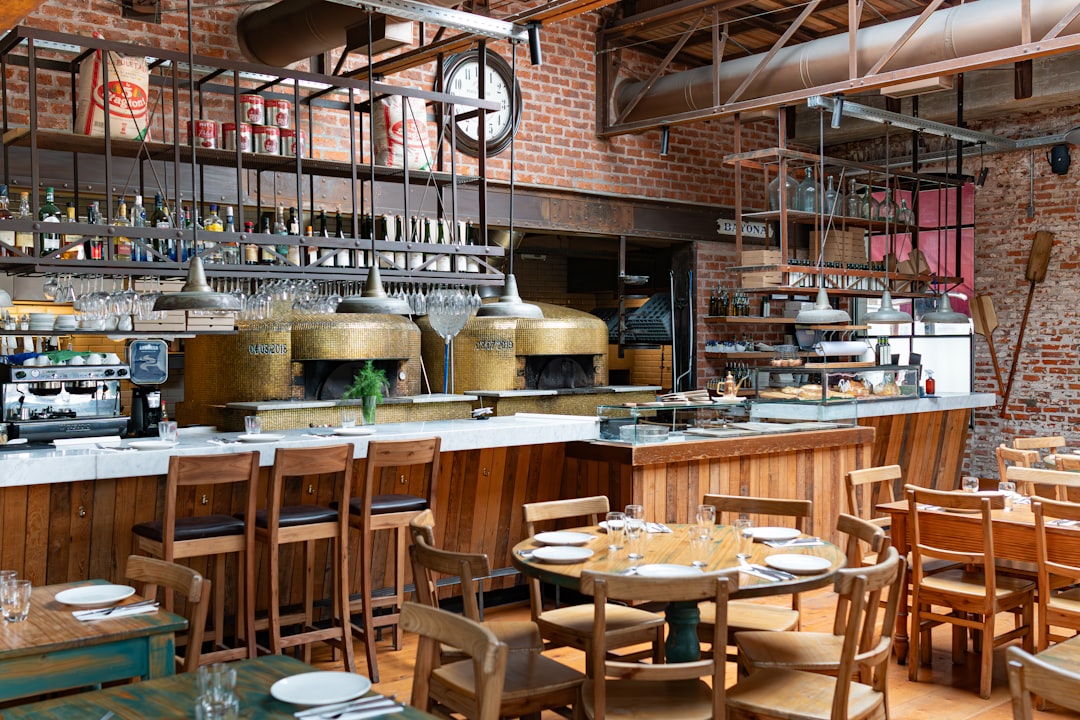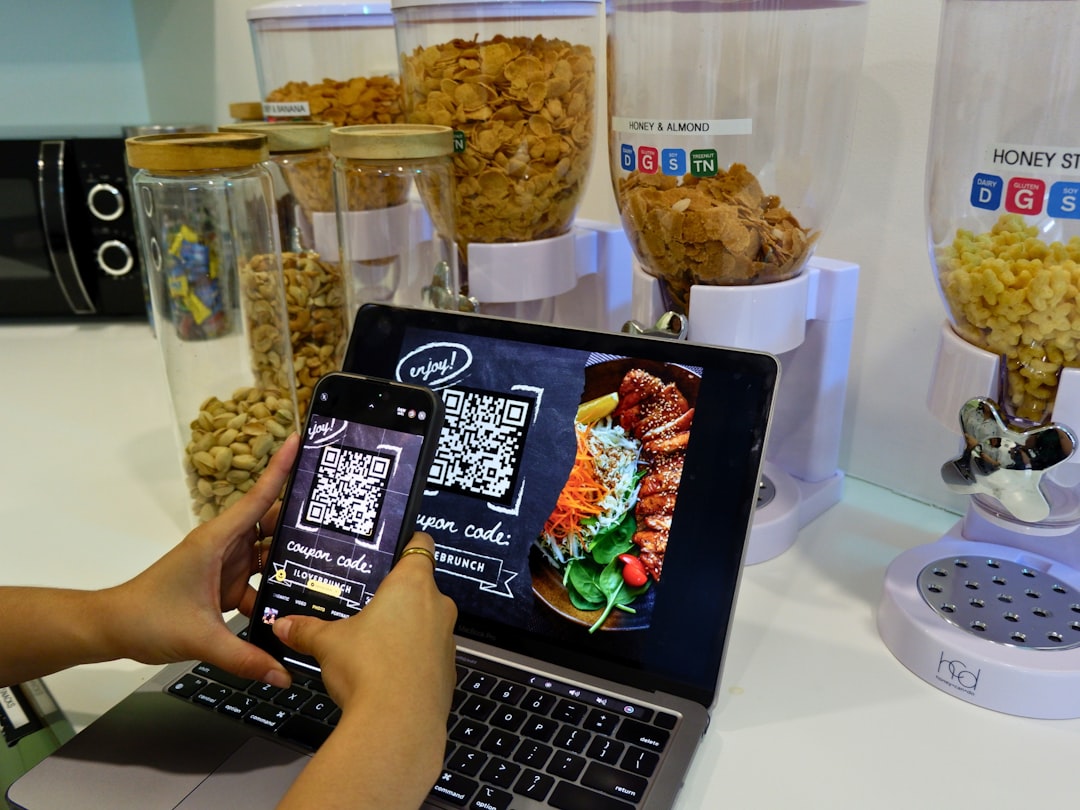Running a restaurant has never been easy, but today's operators face a perfect storm of challenges. The industry is evolving rapidly, forcing owners and managers to adapt or risk falling behind. Let's explore the current landscape.

Finding and keeping good staff remains one of the most pressing issues in the restaurant industry. Despite projections showing the addition of 500,000 jobs in 2023 (bringing the total to 15.5 million employees), severe staffing shortages persist nationwide.
Many restaurant owners struggle to pay staff competitive wages while maintaining profitability. This challenge is compounded by rising labor costs and increased competition for workers from other industries offering better work-life balance.
Consider the dilemma facing a small bistro owner in Chicago: "I've had to increase starting wages by 30% in two years just to attract applicants. Meanwhile, my experienced line cooks are being poached by corporate kitchens offering benefits I simply can't match."
Financial pressures are mounting from multiple directions:
These rising costs create a difficult balancing act: absorb the expenses and reduce profits, or pass them on to customers and risk losing business. For many restaurants, this means constant menu engineering to emphasize ingredients with more stable pricing while minimizing dependence on volatile items.
Economic headwinds emerged as a new challenge in 2023, with slowing growth potentially impacting consumer spending. While 84% of diners still prioritize restaurant experiences over home cooking, inflation has altered spending patterns, with many customers becoming more price-conscious.
This shift has manifested in several ways: reduced frequency of visits, decreased alcohol purchases, and more selective appetizer and dessert ordering. The "special occasion" diner is becoming more prevalent, while everyday dining occasions face greater competition from meal kits and improved grocery takeout options.
Despite these challenges, innovative operators are finding new paths to success by embracing change rather than resisting it.
Smart technology implementation is transforming operations and creating competitive advantages:
The pandemic dramatically accelerated technology adoption across the industry. The changes in the food industry have been profound, with approximately 69% of consumers now ordering food online using mobile devices.

Take the case of Taco Madre, a small five-location chain in Southern California. By implementing an integrated management system, they reduced order errors by 72% and freed up staff from phone duties. Their manager reports: "What used to take three people to handle—taking orders, entering them in the POS, and coordinating delivery apps—now happens automatically. Those employees can focus on food quality and guest experience instead."
Successful restaurants are strategically adapting their menus to address both consumer preferences and operational challenges:
Interestingly, not all restaurants need constant menu reinvention. Consistent execution of a stable menu can build loyalty and streamline operations, particularly for establishments with established customer bases. The key is understanding your specific customer base and market position—some concepts thrive on stability while others require regular reinvention.
The pandemic-driven shift to takeout and delivery isn't temporary—it's a fundamental change in consumer behavior:
This transformation extends beyond simply offering takeout. Leading restaurants have redesigned their physical spaces to accommodate efficient pickup areas, created packaging that preserves food quality during transit, and developed menu items specifically engineered to travel well. The distinction between "dine-in" and "takeout" restaurants continues to blur as consumer expectations evolve.
The National Restaurant Association notes that 70% of operators report business conditions stabilizing into a "new normal." This new reality requires strategic adaptations rather than temporary fixes.
Smart operators are finding ways to do more with less:
One Texas-based restaurant group implemented a comprehensive cross-training program where every employee—from dishwashers to managers—learns at least three distinct roles. When a dinner rush hits unexpectedly or someone calls in sick, this flexibility allows immediate reallocation of resources without service disruption.
Price adjustments have helped many restaurants offset rising costs, contributing to a forecasted $997 billion in 2023 industry sales. However, successful operators understand that value perception matters more than absolute price:
A clever approach comes from a Midwestern gastropub that maintained its popular happy hour prices but slightly reduced portion sizes. They simultaneously introduced "signature" versions of standard items at premium prices. The result? Most customers continued ordering their favorites without complaint, while approximately 30% opted for premium versions, boosting overall margins.
Forward-thinking restaurants are leveraging technology not just as a necessity but as a strategic differentiator:
As Owner.com notes in their restaurant industry analysis, technology integration isn't just about operational efficiency—it's increasingly about creating personalized customer experiences that drive loyalty. Restaurants collecting preference data can now automatically suggest favorite items, remember allergies, and customize promotions based on individual ordering patterns.
While challenges remain significant, cautious optimism drives industry forecasts through 2025. Growth will be tied to local spending patterns and continued evolution of consumer behaviors.
The most successful operators will be those who view technology integration and operational efficiency not as temporary adaptations but as fundamental shifts in how restaurants operate. The restaurants that thrive will balance tradition and innovation, maintaining what customers love while embracing new ways to deliver exceptional experiences more efficiently.
The restaurant industry has always rewarded resilience and creativity. Today's challenges are substantial, but they also create opportunities for operators willing to adapt, innovate, and embrace the new normal of restaurant operations. Those who can successfully navigate both the challenges and opportunities ahead will not just survive—they'll thrive in this transformed landscape.
